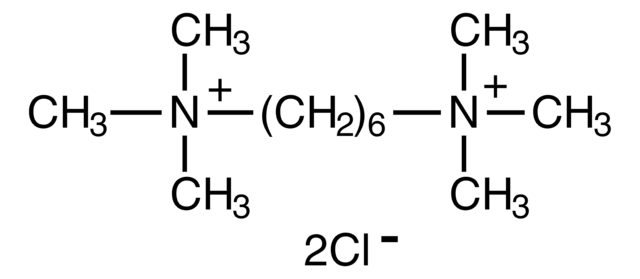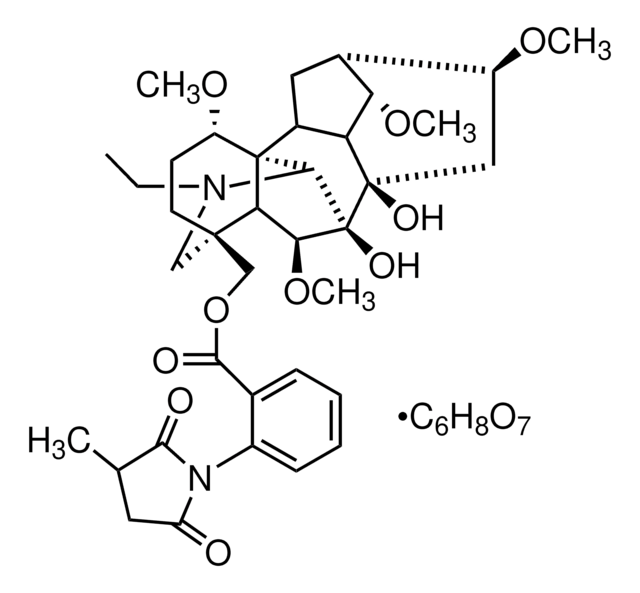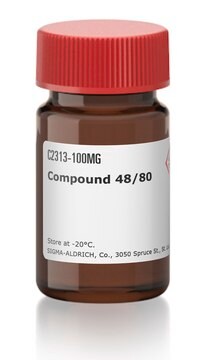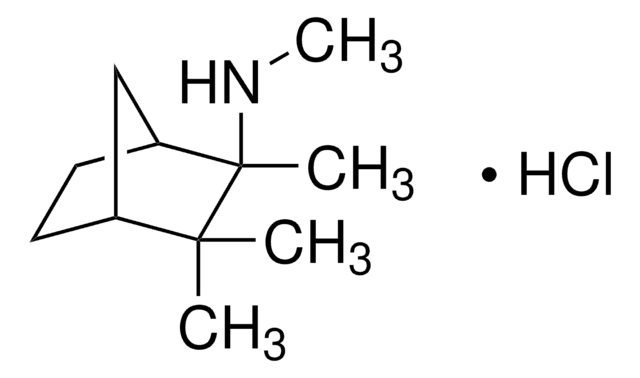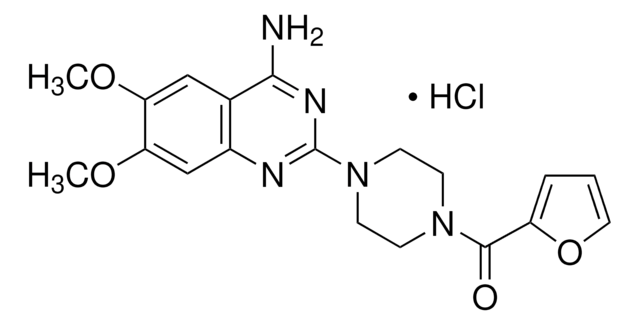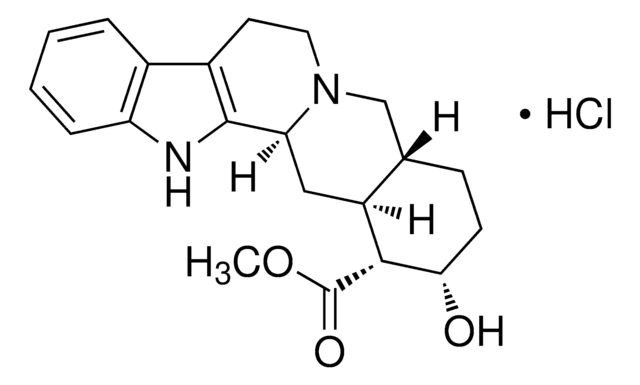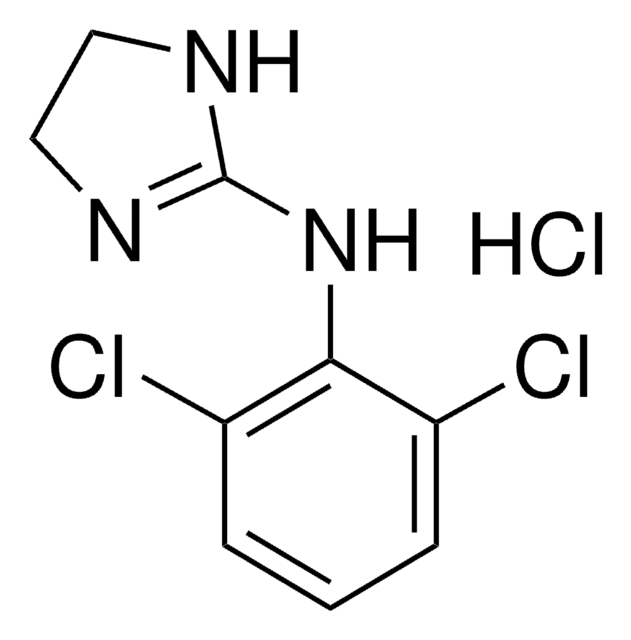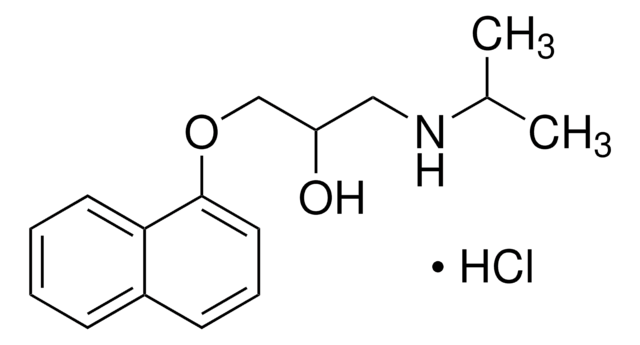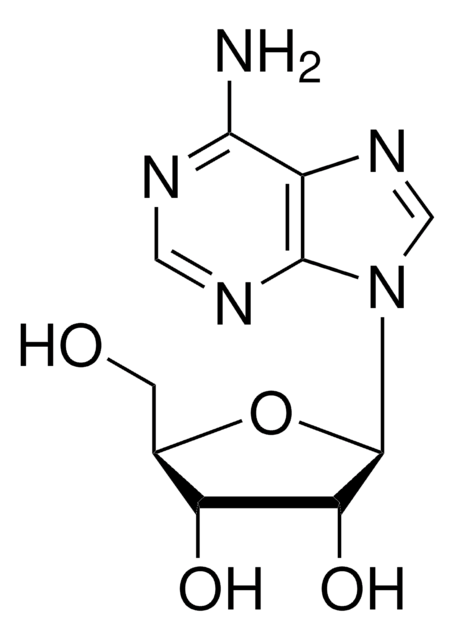Wichtige Dokumente
H0879
Hexamethoniumbromid
Synonym(e):
N,N,N,N′,N′,N′-Hexamethyl-hexamethylendiammonium-dibromid
About This Item
Empfohlene Produkte
Qualitätsniveau
mp (Schmelzpunkt)
282-285 °C (dec.)
SMILES String
[Br-].[Br-].C[N+](C)(C)CCCCCC[N+](C)(C)C
InChI
1S/C12H30N2.2BrH/c1-13(2,3)11-9-7-8-10-12-14(4,5)6;;/h7-12H2,1-6H3;2*1H/q+2;;/p-2
InChIKey
FAPSXSAPXXJTOU-UHFFFAOYSA-L
Angaben zum Gen
human ... CHRNA1(1134) , CHRNA10(57053) , CHRNA2(1135) , CHRNA3(1136) , CHRNA4(1137) , CHRNA5(1138) , CHRNA6(8973) , CHRNA7(1139) , CHRNA9(55584) , CHRNB1(1140) , CHRNB2(1141) , CHRNB3(1142) , CHRNB4(1143)
Suchen Sie nach ähnlichen Produkten? Aufrufen Leitfaden zum Produktvergleich
Anwendung
- as an autonomic ganglia-blocking agent to study its effects on whisker movement in rats
- as a nicotinic receptor antagonist to study its effects on antigen-induced arthritis (AIA) progression in mice
- as a non-selective ganglionic nicotinic acetylcholine receptor (nAChR) antagonist to study its effects on cytisine-induced autonomic cardiovascular responses in mice
Biochem./physiol. Wirkung
Leistungsmerkmale und Vorteile
Lagerklassenschlüssel
11 - Combustible Solids
WGK
WGK 2
Flammpunkt (°F)
Not applicable
Flammpunkt (°C)
Not applicable
Persönliche Schutzausrüstung
Eyeshields, Gloves, type N95 (US)
Hier finden Sie alle aktuellen Versionen:
Besitzen Sie dieses Produkt bereits?
In der Dokumentenbibliothek finden Sie die Dokumentation zu den Produkten, die Sie kürzlich erworben haben.
Kunden haben sich ebenfalls angesehen
Unser Team von Wissenschaftlern verfügt über Erfahrung in allen Forschungsbereichen einschließlich Life Science, Materialwissenschaften, chemischer Synthese, Chromatographie, Analytik und vielen mehr..
Setzen Sie sich mit dem technischen Dienst in Verbindung.